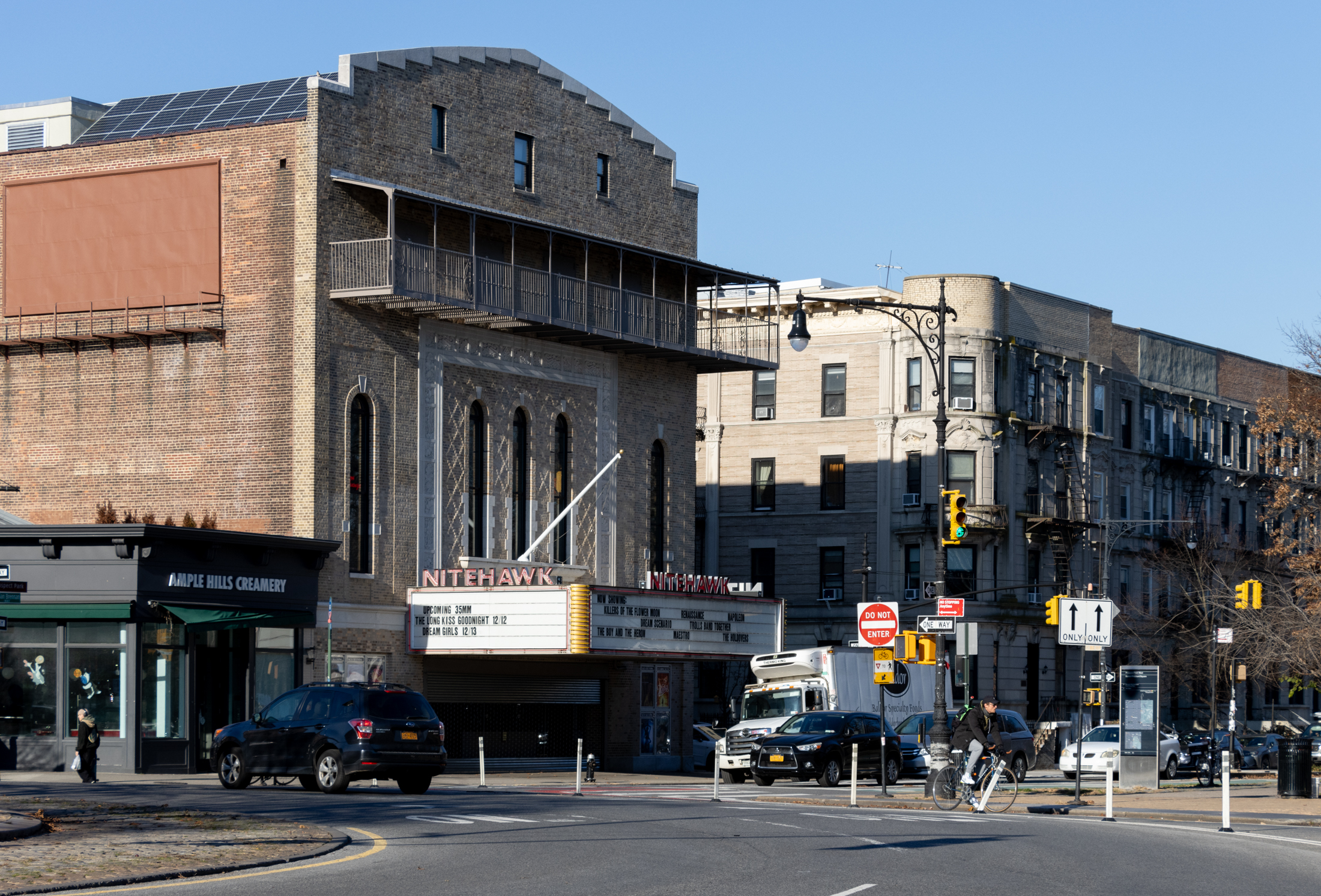Brooklyn Elementary Schools to Get Admission Quotas, Reserving Seats for Underprivileged
A historic attempt at addressing system wide segregation in New York City schools is coming to Brooklyn, where four elementary schools will start setting admission quotas for disadvantaged students. Beginning in September, Fort Greene’s Academy of Arts, Carroll Gardens’ The Brooklyn New School, Gowanus’ The Children’s School, and Prospect Heights’ Brooklyn Arts and Science Elementary…

A historic attempt at addressing system wide segregation in New York City schools is coming to Brooklyn, where four elementary schools will start setting admission quotas for disadvantaged students.
Beginning in September, Fort Greene’s Academy of Arts, Carroll Gardens’ The Brooklyn New School, Gowanus’ The Children’s School, and Prospect Heights’ Brooklyn Arts and Science Elementary School, in addition to three schools in Manhattan, will reserve as many as 60 percent of seats for children who are non-native English speakers, have incarcerated parents, or are in the child-welfare system, New York City Schools Chancellor Carmen Fariña announced Friday.
One Park Slope school is ahead of the game — P.S. 133 has been using a diversity quota to increase low-income student enrollment since 2013, the New York Daily News said.
While many city charter schools already employ admission quotas, the new program represents a fresh step for public schools.
For now, Fariña is implementing the program only in seven kindergarten and pre-kindergarten programs, but if the quotas yield good results, the program will expand, she said.
This new, experimental policy to increase diversity through quotas is different from changes to student-body makeup effected through rezonings. While many of the Department of Education’s efforts towards diversification or other school improvements have utilized rezoning — as in the ongoing, controversial rezoning of Dumbo’s P.S. 8 and Vinegar Hill’s P.S. 307 — the new quota implementation will change demographics without changing geographical boundaries.
Separately, Department of Education officials said Monday night they are also pursuing quotas at P.S. 307. Children receiving discounted or free lunches would be given priority for half of each class starting in 2017, The New York Times reported.
According to Inside Schools, the Brooklyn elementary programs selected for the new quota system are all popular and range in diversity.
- The Children’s School, one of Brooklyn’s most sought after elementary programs, is currently 59 percent white, and has exceptionally well ranked teachers.
- At The Brooklyn Arts and Science Elementary School, a majority 64 percent of students already receive free lunch, and 52 percent of students are black.
- The Brooklyn New School enrolls nearly 700 students and is 41 percent white. And 29 percent of students are considered special ed.
- Already very diverse, The Academy of Arts and Letters is 45 percent black and 15 percent Hispanic, with 33 percent of students receiving free lunch and 15 percent special ed.
[Source: NYDN | Photos: Hannah Frishberg]
Related Stories
Brooklyn Schools 101: How to Get Into the Public Elementary School of Your Choice
First Look at the Innovative Cinema School Designed to Drive the Future of Brooklyn Film
Local Council Wants Feedback on City Proposal to Move Dumbo Middle School











What they fail to mention is that this exact program is a failure at PS 133. Every year they set aside seats for free lunch qualifiers and every year they receive qualifying applications for maybe 50% of the seats and inevitably fill them with higher income students. All or most of these schools mentioned have district-wide lottery admissions systems. If lower income and/or minority parents were able to educate themselves on school options & application procedures with the same voracity as higher income / majority parents, the demographic of these schools should match the demographics of their district in-step. Most of them probably don’t even know these schools exist. Reserving seats does not tell parents that they have options. We need to educate parents in the lower income / minority neighborhoods about these alternatives to their crappy zoned schools. Currently the DOE process consists of printing a giant book and yelling, “COME AND GET IT (if you know where to get it)!” No internet connection? Good luck.
What they fail to mention is that this exact program is a failure at PS 133. Every year they set aside seats for free lunch qualifiers and every year they receive qualifying applications for maybe 50% of the seats and inevitably fill them with higher income students. All or most of these schools mentioned have district-wide lottery admissions systems. If lower income and/or minority parents were able to educate themselves on school options & application procedures with the same voracity as higher income / majority parents, the demographic of these schools should match the demographics of their district in-step. Most of them probably don’t even know these schools exist. Reserving seats does not tell parents that they have options. We need to educate parents in the lower income / minority neighborhoods about these alternatives to their crappy zoned schools. Currently the DOE process consists of printing a giant book and yelling, “COME AND GET IT (if you know where to get it)!” No internet connection? Good luck.
Not surprised to see that the Dept. of Ed. failed to mention (and media outlets failed to research or point out) that certain schools like The Brooklyn New School actually used to use admissions quotas exactly like the ones outlined above as a way to ensure diversity in the classrooms until Mayor de Blasio and Chancellor Fariña took that away from the schools a couple of years ago. Now they are “piloting” this program and tooting their own horns like they came up with the idea. At least they realized their error — probably because diversity numbers actually decreased throughout the system these past couple of years — and reversed their prior poor decision.
Thanks, fixed!
Thanks, fixed!
RG: Chalkbeat NY goes into much better detail of the exact numbers for each of the schools listed above
http://ny.chalkbeat.org/2015/11/20/here-are-the-newly-allowed-diversity-plans-at-seven-city-schools/
In the case of the Children’s School (Brooklyn): Low-income students or English learners get priority for one-third of seats. Since the school is an ICT classed based program the number of kids with IEPS will not change so it will continue to serve that population.
RG: Chalkbeat NY goes into much better detail of the exact numbers for each of the schools listed above
http://ny.chalkbeat.org/2015/11/20/here-are-the-newly-allowed-diversity-plans-at-seven-city-schools/
In the case of the Children’s School (Brooklyn): Low-income students or English learners get priority for one-third of seats. Since the school is an ICT classed based program the number of kids with IEPS will not change so it will continue to serve that population.
They will continue to serve children with disabilities in the same numbers. There is no shortage of children who have IEPS and are non-native English speakers, have incarcerated parents, or are in the child-welfare system in the NYC school system. These are children who are often woefully underserved in this system. It is great to give the additional opportunity in a program as good as The Children’s School.
They will continue to serve children with disabilities in the same numbers. There is no shortage of children who have IEPS and are non-native English speakers, have incarcerated parents, or are in the child-welfare system in the NYC school system. These are children who are often woefully underserved in this system. It is great to give the additional opportunity in a program as good as The Children’s School.